Hospital Grade Thermometer Which Improves Patient Comfort
TriMedika aims to improve vital patient care worldwide with technology that simplifies and safeguards patients and healthcare professionals.
We create products that will shift healthcare forward in meaningful ways.
We’re inspired by our own first-hand experience of the challenges of healthcare.
We ask the right questions, and apply fresh thinking in science and technology.
We solve simple but critical, everyday problems.
Our Commitment to Healthcare
Infection control
Our mission on infection control fits with your goals. Our products eliminate the need for millions of unnecessary contact points with patients.
Cost Saving
Our products significantly benefit consumables budgets by removing the need for single use plastics. Storage and waste disposal costs are also reduced.
Time Saving
Our simple TAP & TAKE technology unlocks the full potential of staff and specialists and gives them back time to do what they do best – care.
Zero waste devices
We’re paving the way environmentally, with a sustainable approach. No plastic consumables, less waste, less cost.
Latest Reviews
Bon Secours, Dublin
The TRITEMP™ has helped the engineering team at Bon Secours. I get less faults through, I’m not spending as much time sending away thermometers, and it’s one less thing for us to worry about here
Marcus Tormey, Principal Clinical Engineer
St Claraspital, Switzerland
We decided to implement the TRITEMP™ because of the accuracy: this was the decisive factor for the department
Adult Intensive Care Unit Case Study
HSE, Ireland
Every time we make these digital interventions, we’re trying to achieve the quadruple aim: lower cost, improved quality of care, improved quality of life, and improved condition experience. The TriMedika products deliver on all of these.
Prof. Martin Curley, Director of Digital Transformation
Our Awards








Featured News Story

Le Bonheur Children’s Hospital White Paper Temperature Comparison Between Contact Temporal and Non-Contact Forehead Thermometers in Paediatric Outpatient Clinic
Le Bonheur Children’s Hospital’s whitepaper examines how the TRITEMP™ forehead non-contact infrared (NCIR), compares to traditional contact thermometers in pediatric outpatient settings. This study compared the accuracy, usability, and overall effectiveness of the TRITEMP™ against the currently used temporal scanner thermometer. …
Latest News

Best Thermometers for Hospitals: Physical vs. Non-Contact Thermometry in Healthcare
As body temperature is such an important vital sign, hospitals need the most accurate Medical-Grade non-contact thermometers to take the reading. Let’s take a look at the options available to hospitals. …

Navigating the Digital Medtech Landscape: 2023 Trends and Future Outlook for 2024
The digital MedTech industry has undergone a remarkable transformation in recent years, driven by advancements in technology and a growing …

TriMedika: Your Reliable Partner for TRITEMP™ Non-Contact Thermometers
In the world of healthcare, innovation plays a pivotal role in improving patient care. To aid in improving clinical outcomes, …

Sensors in Medical Technology and healthcare industry; Here is what we have learnt
Introduction In the healthcare environment, the integration of advanced technologies has become instrumental in providing better patient care and improving …
Gallery










